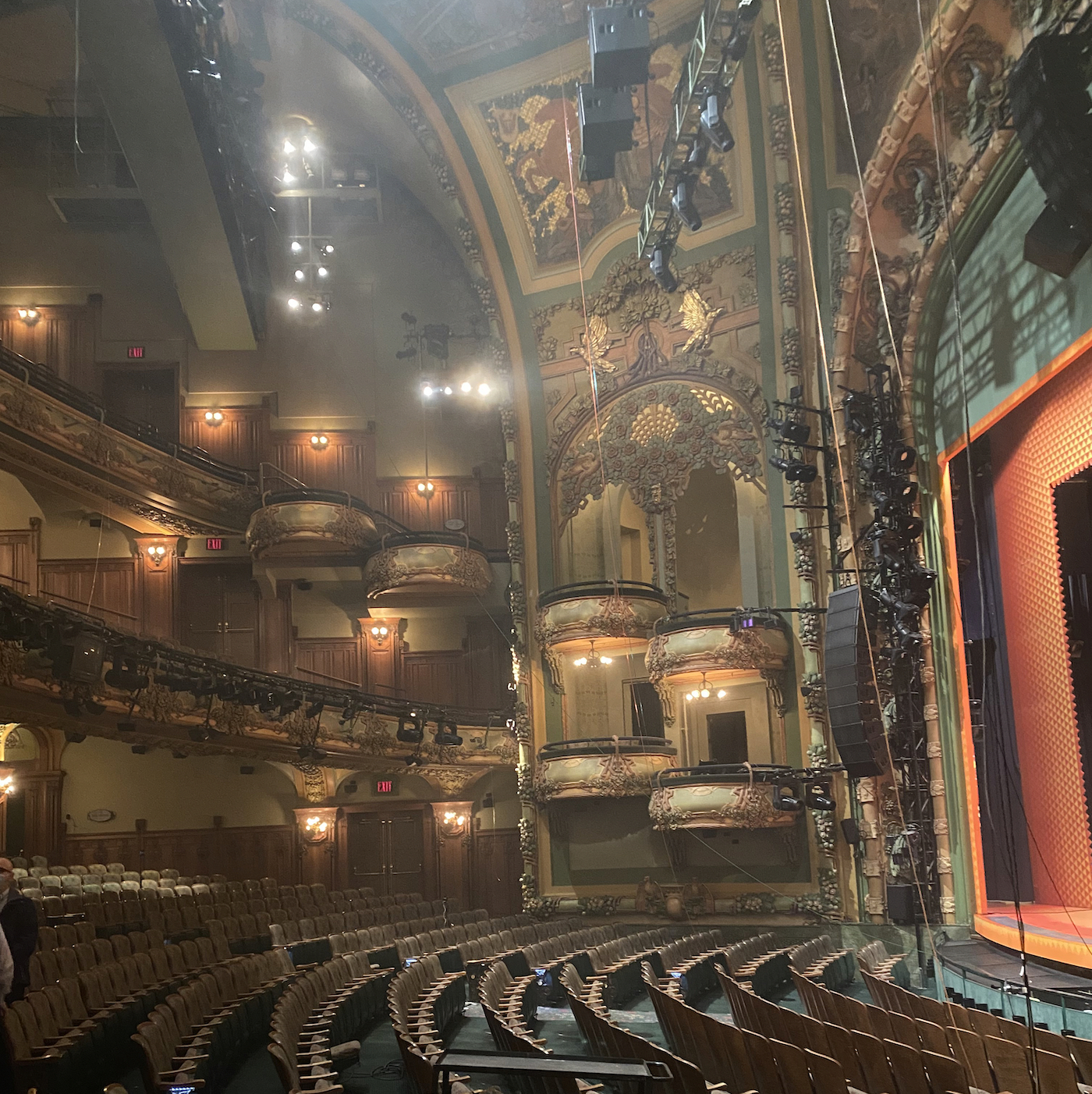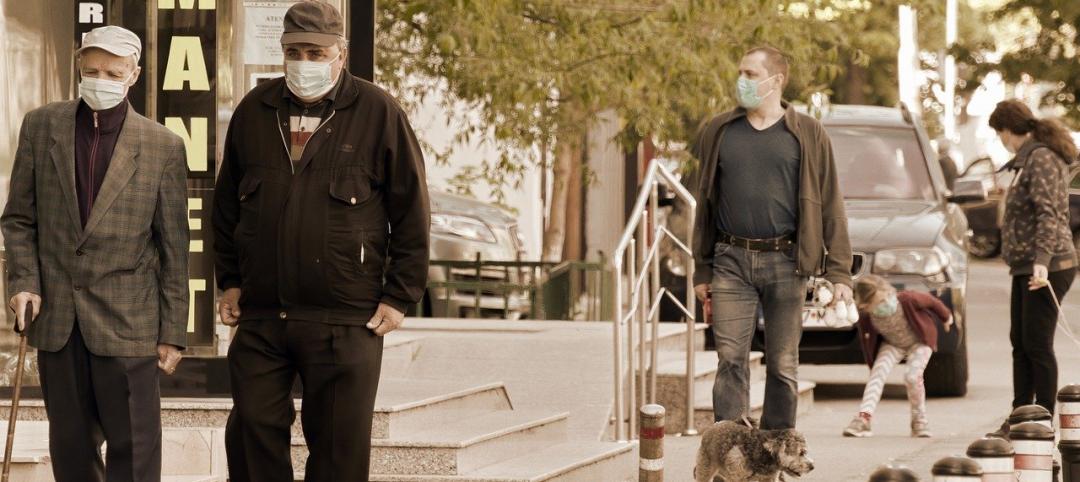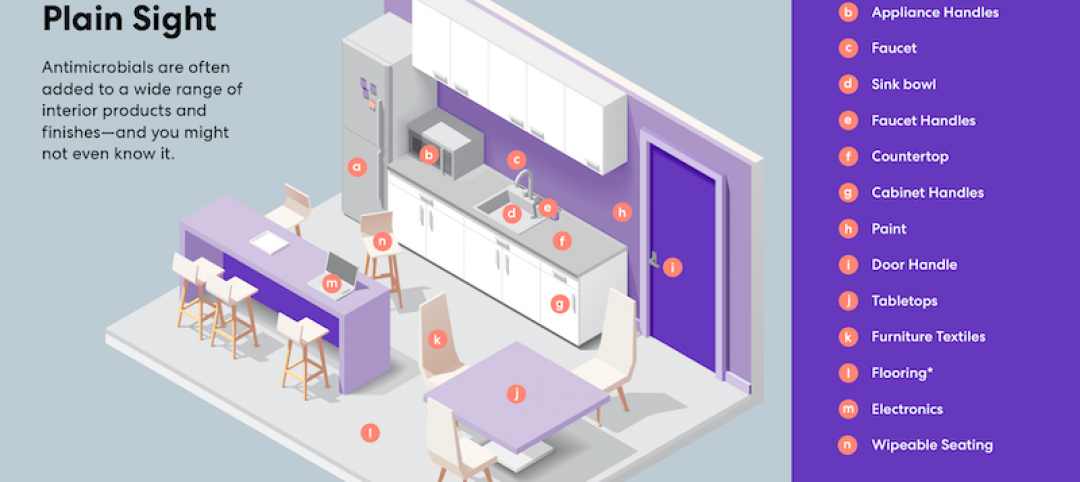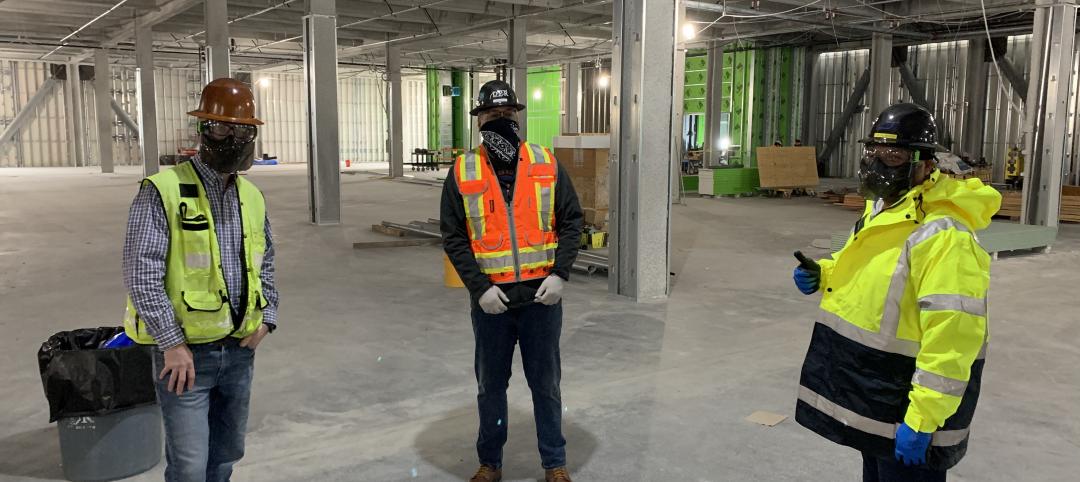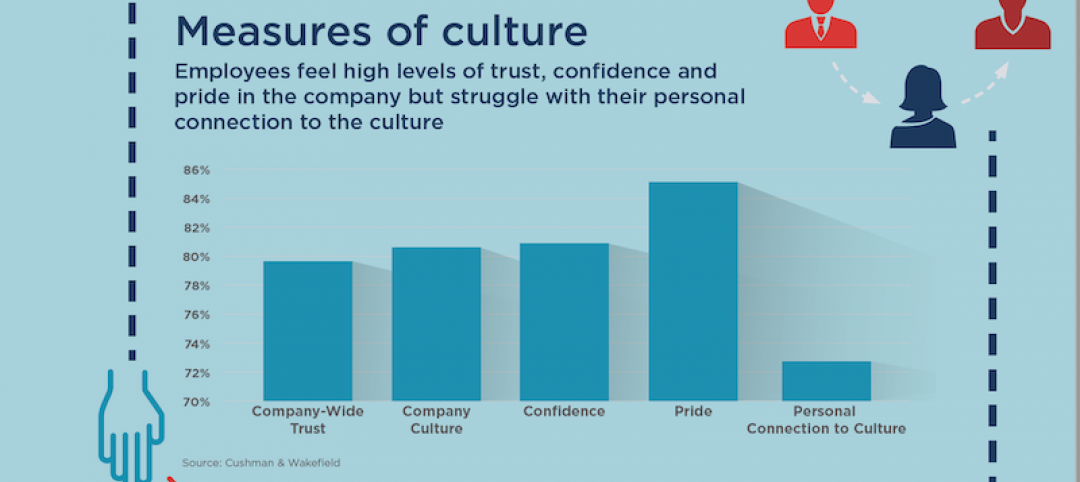As more is known about COVID-19, preventive measures continue to emerge and compete.
The engineering firm NV5, which provides third-party verification on WELL v2 projects for the Green Business Certification Institute, has been recommending to its clients Safe Traces, a solution that uses DNA-based sprays and sensors to verify engineering and HVAC controls for airborne contaminants. Its veriDART control verification uses “aerosol mobility indicators” to identify hotspots, assess ventilation and filtration, and inform remediations.
On January 15, the U.S. Environmental Protection Agency (EPA) announced approval of an emergency exemption request for the use of Grignard Pure, which claims to be the first-ever antimicrobial air treatment solution. Georgia and Tennessee were the first states granted exemptions to use Grignard Pure in certain indoor spaces. Another 17 states have expressed interest, according to Etienne Grignard, co-founder and CEO of Grignard Company in Rahway, N.J., whom BD+C interviewed in February.
“There’s no limit to where we can use it. The issue is just scaling the equipment to the system to which it is being deployed,” declares Mitchel Simpler, PE, FACEP, a Partner with Jaros, Baum & Bolles (JB&B), one of four engineering firms—the others being STV, ME Engineers, and Cosentini Associates—that comprise Grignard Pure’s engineering steering committee.
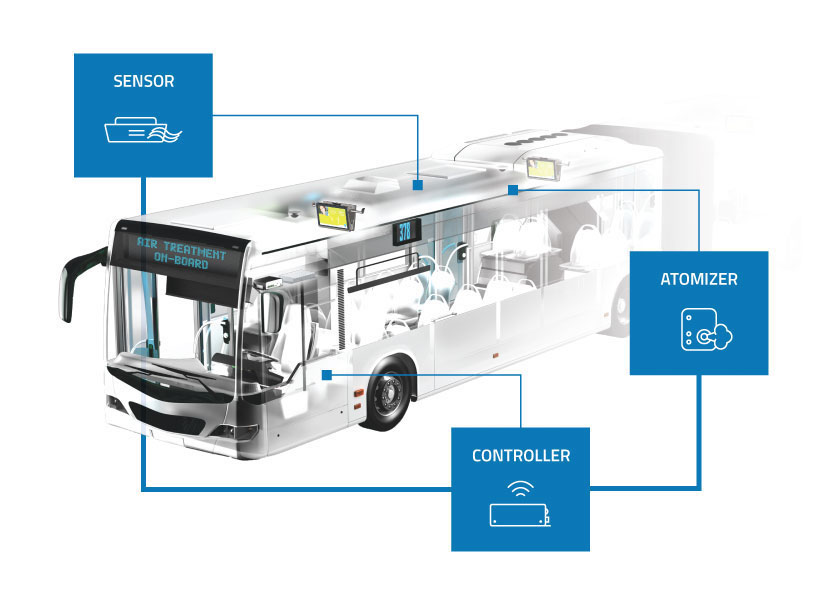
Grignard Pure has worked with Luminator Technology to devise an air treatment system for mass transit, which has already been tested on trains moving through several states. Courtesy of Grignard Pure
Simpler introduced Grignard to Dr. William Esposito, Founder of the Ambient Group and a leading industrial hygienist, who was an early proponent about the airborne transmission of COVID-19. “He convinced me that Grignard Pure is for real,” says Simpler. Esposito is part of Grignard Pure’s senior advisory leadership, along with William Jordan, the former deputy director of EPA’s pesticide programs.
Grignard Pure’s arrival
To say that Grignard Pure’s arrival was theatrical is no exaggeration.
Back in 2000, lighting equipment manufacturers requested a health and safety assessment of a product Grignard made that they were using to create haze and fog during concerts and plays. Grignard determined that four of the product’s ingredients, including triethylene glycol (TEG), were safe to breathe.
Fast forward 15 years: Grignard’s chemists discovered that TEG—a colorless, viscous liquid that is the active ingredient in Grignard Pure—had demonstrated efficacy against viruses. The company sought EPA approval to use it for virus deactivation, but EPA at the time wasn’t disposed to creating an entirely new category for antivirus antimicrobials. The approval request got shelved until the coronavirus hit the U.S. in 2020, at which point, Grignard began working with Microchem Laboratories to develop protocols for using this formula.
JB&B conducted proof-of-concept engineering assessments by distributing Grignard Pure through existing HVAC systems at two sites: Cincinnati’s Great American Ball Park, where the solution was applied to the owner’s suite; and the 1,700-seat New Amsterdam Theater in New York, where the test ran for two weeks. These tests demonstrated that, in an aerosolized microdroplet state, Grignard Pure behaves like a gas in its ability to distribute, dilute, and disperse in an atmosphere of occupied spaces.
Grignard Company eventually had the testing and efficacy data to prove that Grignard Pure could deactivate more than 98% of the COVID-19 strain in less than one minute. It reapplied for EPA approval in April 2020.
Last February, Jordan and Jack Caravanos, Clinical Professor of Environmental Health Sciences at New York University’s School of Global Public Health, posted a 75-page paper that provides a detailed assessment of Grignard Pure’s safety. (Caravanos sits on Grignard Pure’s seven-person science advisory team.)
Simpler and Grignard state that the federal government has shown interest in Grignard Pure for use in mass transit. Grignard Company partnered with Luminator Technology Group to develop an airborne intervention system (vimeo.com/443217817) that uses atomizers and sensors to dispense Grignard Pure into the atmospheres of buses and trains. The sensors monitor capacity and conditions of the vehicle and adjust the air treatment accordingly. The system coordinates with on-board displays and audio announcements.
Grignard says he’s most proud of the role his company played in creating a new category for assessing antivirus antimicrobials. EPA invited JB&B and Grignard Company to assist the agency in establishing protocols for testing anti-virus products. “A year from now, I hope we’re talking about how we helped bring back some normalcy to the world.”
Related Stories
Coronavirus | Jun 12, 2020
BD+C launches 'The Weekly,' a streaming program for the design and construction industry
The first episode, now available on demand, features experts from Robins & Morton, Gensler, and FMI on the current state of the AEC market.
Coronavirus | Jun 9, 2020
Going viral: How the coronavirus pandemic could change the built environment
Architecture and construction firms—and their clients—are asking new questions about infection control as it pertains to people assembly, building wellness, and technology.
Fire and Life Safety | Jun 9, 2020
NFPA develops business reopening checklist for fire and life safety measures
The new checklist helps building owners and facility managers ensure fire and life safety as businesses prepare to re-open amid the coronavirus pandemic.
Coronavirus | Jun 9, 2020
CannonDesign unveils COVID Shield
As the world evolves its response to the COVID-19 pandemic, one clear reality is testing for the virus will be part of our daily lives for the foreseeable future.
Coronavirus | Jun 5, 2020
3 strategies to improve the wellness of building systems and gain tenant trust
Three operational issues that must be prioritized for every building in order to achieve tenant trust are air quality/ventilation, relative humidity, and building commissioning.
Coronavirus | Jun 2, 2020
5 ways to improve hand washing and minimize germs in public restrooms
Bradley Corp. offers five upgrades to make public restrooms more sanitary.
Coronavirus | Jun 2, 2020
Perkins and Will, Healthy Building Network advise against the use of antimicrobial building products
Even during a pandemic, antimicrobial building products may do more harm than good.
Coronavirus | May 30, 2020
A welcoming entry-point for wellness screening anywhere
Modular WorkWell™ ecosystem can process up to 40 people per minute.
Coronavirus | May 29, 2020
Black & Veatch, DPR, Haskell, McCarthy launch COVID-19 construction safety coalition
The NEXT Coalition will challenge engineering and construction firms to enhance health and safety amid the Coronavirus pandemic.
Coronavirus | May 28, 2020
Cushman & Wakefield report examines work-at-home pros and cons
The office, now part of a larger workplace ecosystem, still reinforces employees’ connections with their companies.


